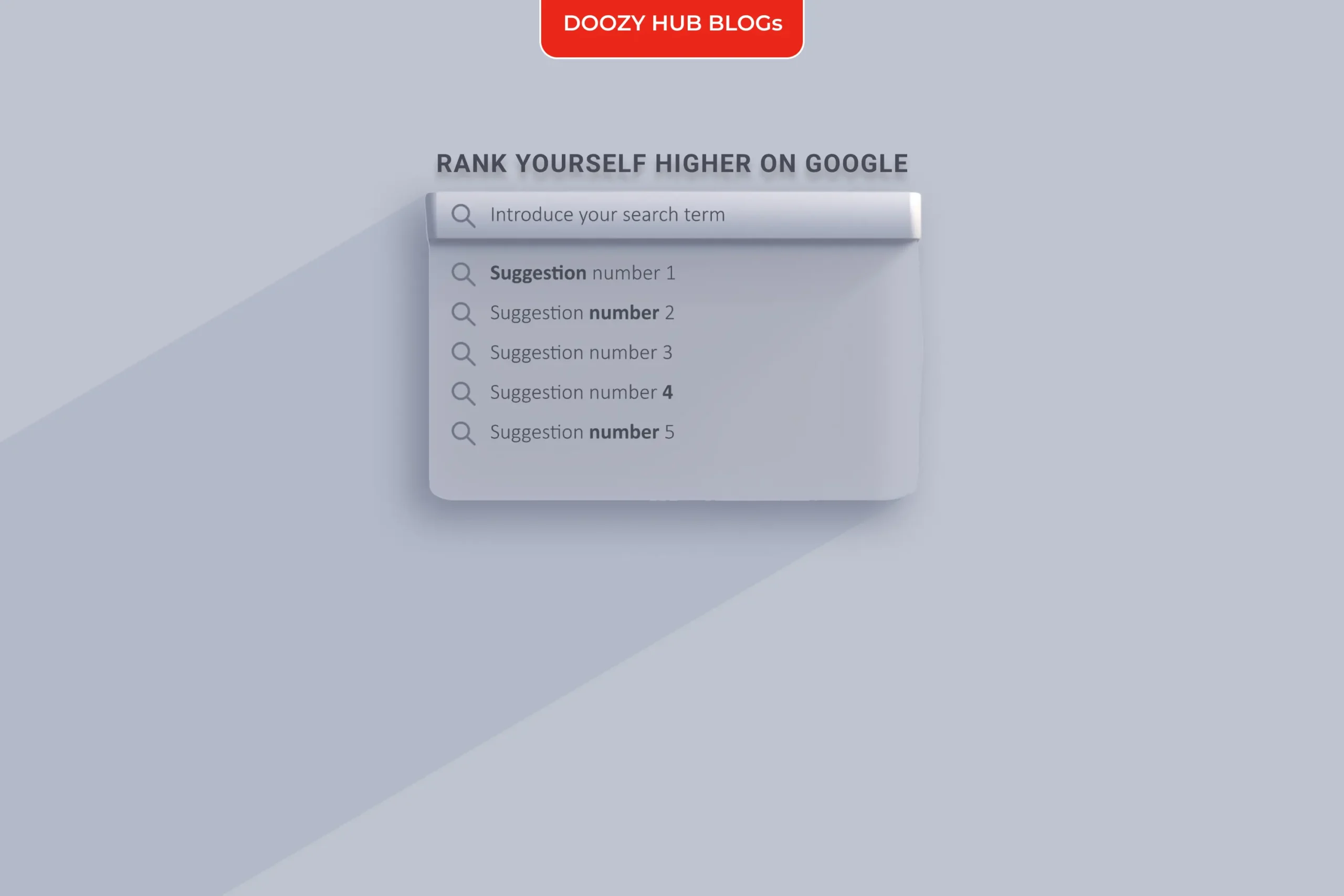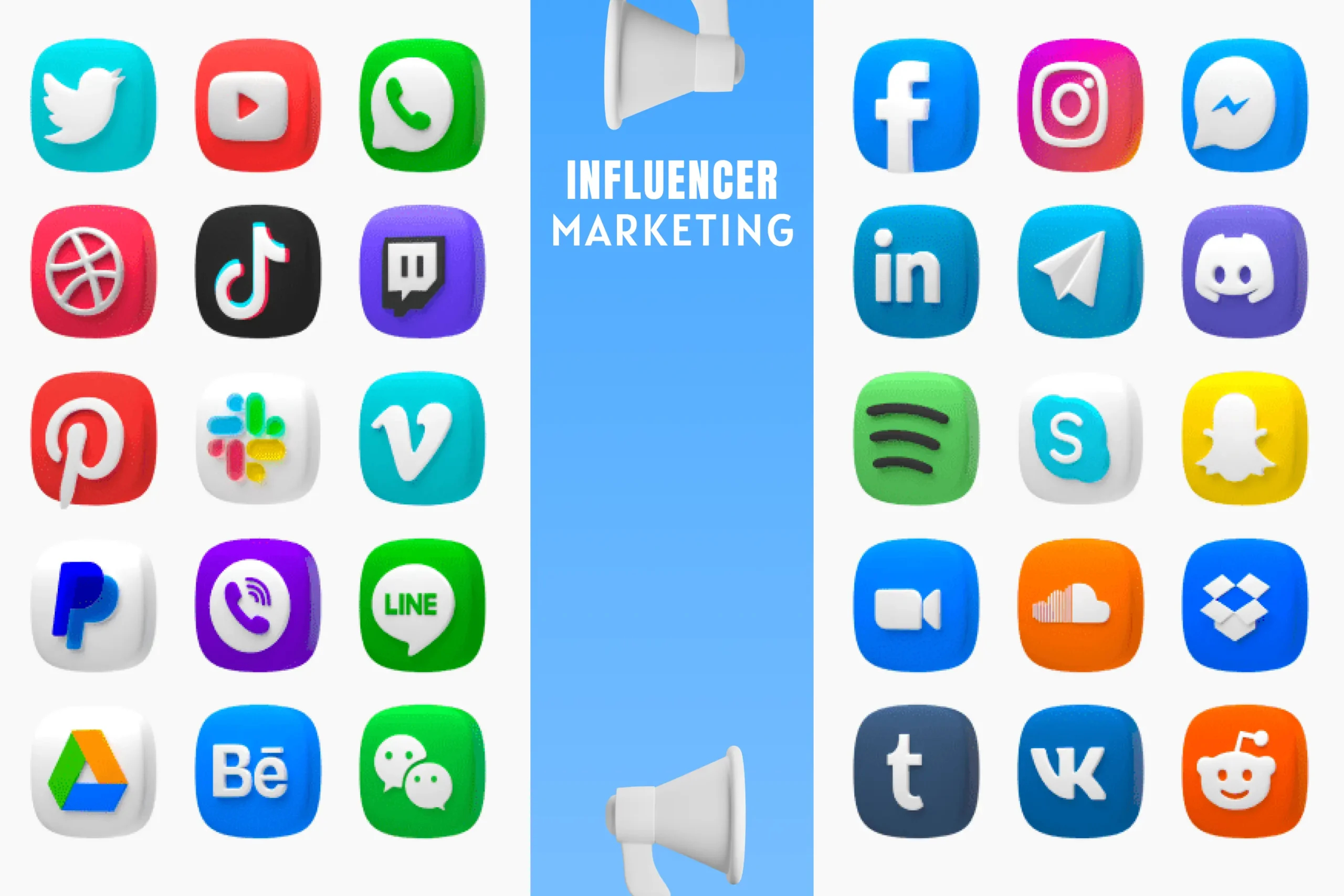It’s a terrible feeling when you get excited about an idea, and your boss turns it down. It’s the worst. This happens far too often to marketers, so in this article, I’m going to talk about how you can use traffic predictions as a way to get buy-in from your boss for content development.
For full transparency, I’m not a data scientist, nor do I claim to be a mathematical genius who can guarantee that this forecast will be the most accurate, but that’s okay. Forecasts in themselves aren’t supposed to be 100% accurate. They help set up expectations for all teams involved, and work as a benchmark to assess results. And contrary to what you might expect, you don’t have to be an expert data scientist to create your own forecast. The technique I’m going to show you below is so simple that anyone with access to the tools I mention can do it.
Throughout this article, we will do keyword research, gather CTR data, categorize our ideas, and use excel formulas. Let’s dive in.
Why Traffic Predictions Can Help You Get a Buy-In
To get buy-in from stakeholders, you have to show them what the return on investment will be. We know that organic content will take time to see results, so how can you show your stakeholders the benefit of your content upfront? You can forecast how it will perform. It will be much easier for your stakeholders to say yes to your proposed content when they can see the potential traffic it could bring in.
In my example below, I will be using “organic sessions” to build my forecast as that is a common key performance indicator (KPI) for my clients. But each business is different, so when creating your own forecast, you should use whatever KPI works best for your business. With that in mind, let me walk you through how I show my stakeholders the possible return on investment for content development.
How To Forecast Organic Traffic Growth
For the purpose of this article, I’m going to pitch a strategy to create dog training articles. Let’s assume I’m working on one of your favourite dog websites that want to be a thought leader for ‘dog training.’
To forecast the organic traffic growth for these proposed dog training articles, I’m going to need to do keyword research, group keywords into topics, forecast positions and SERP CTR, and then we pitch! Additionally, you can include possible conversions and attach a dollar sign to your findings if you have access to your business conversion rate.
Before we get started, it’s important to remember that forecasting isn’t accurate, and there are many ways to do it. The process we’re going to use in this article isn’t the best way to forecast; it’s simple math and is not statistically sound. But it will drive your point and help you get the buy-in you need to start showing results.
Step 1: Conduct Keyword Research
Time to get your hands dirty and start looking for the keywords you’re going to target. I know I want to write about dog training, so I’m going to find something along those lines. Take a stab at it, and do your own keyword research. You’ll need to gather the keyword and search volume for this forecast.
I like to Google my way around, but when I need some additional ideas, I use Ahrefs Keyword Explorer to help me out. When I was looking for keywords around dog training ideas, I started by searching for the common tricks I could think of. When I added “rollover” into Ahrefs Keyword Explorer I got other keywords like “how to teach a dog to roll over” and “how to teach a dog to roll.”
Step 2: Group Keywords into Topics
Now that you’ve got yourself a list of keywords from your keyword research, it’s time to group those keywords into your target landing page. You may find yourself only having one keyword per page or multiple of them. In this step, we want to think ahead and make sure that we bundle up the same search intents by keyword.
Step 3: Estimate Position Change from Published Date
Once you publish your content, you’ll have to wait for it to rank. It probably won’t rank after one day, three months, six months, or even a year. Maybe it will but the ranking isn’t just dependent on how good of a piece of content you create. It’s also tied to the technical health of your site and your team’s overall SEO strategy. So assumptions aside, the following is a conservative model I’ve used in some of my forecastings.
Applying this model to our example around dog training content, if we published content on “How to Train Your Dog to Roll Over”, it would probably take 24 months for that article to rank on Google within the top 10 positions for the keyword “how to teach your dog to roll over”.
This is a conservative model. I would recommend doing an analysis of the content on your own site and looking at trends. How long does it take your content to rank in the top 10 for your target keyword? Using your own data, you can change the model to best reflect that.
Step 4: Use Average SERP CTRs
Using your keyword research, you know the search volume behind each keyword. It shouldn’t be a surprise that the search volume isn’t the guaranteed number of clicks if you rank #1 for that keyword. Why? Search volume is the average number of people searching for the term. Not every person searching for a term is going to click on position one; they may click on position 10. That’s where click-through rate (CTR) by position in the SERP comes into play. Here’s the CTR I’ll be using for Positions 1 to 100.
No CTRs are the same, your sites may also be different from the one I shared. I encourage you to calculate your own CTR when possible using Google Search Console. To do so, look at your other pages and find the CTR by average position. Moz’s STAT also uses its own CTR to calculate Share of Voice; you can start your own forecast using theirs.
Step 5: Forecast Organic Traffic
It’s time to forecast organic traffic using what we’ve gathered in the previous steps. I like to combine both position change and average SERP CTRs.
Once you’ve got your models set up, we will calculate how many sessions we predict will take place by the monthly intervals we’ve chosen.
Formula: CTR x Search Volume = Predicted Sessions
I used a VLookUp formula that, based on the monthly interval, would find the expected CTR, and then it would be multiplied by that keyword’s search volume.
Once I know the formula works, I’ll copy it over to the rest of the monthly interval columns and keyword rows. Here’s my final table, showing me the predicted clicks from the first month of publication to the 30th month.
Using our conservative model, we can predict that after we publish an article on “train your dog to roll over,” we will receive 269 clicks a month by the 30th month. When talking to leadership, I suggest sharing results in an annual format, so the data will be more impactful. For example, if we change our results to an annual format, it shows that the first article can bring in 3,228 organic clicks a year, which packs more of a punch and frames the results in a more digestible format for your leadership to understand.
Step 6: (Optional) Use Conversion Rates
This is an optional step that can help build your case for content development and get buy-in. If the site you’re working on has been tracking conversion rates, then you can find how many of your predicted sessions will convert.
If this imaginary dog website I’m working on has a conversion rate of 3.2%, let’s see how many conversions I could get with my “How to Train Your Dog to Roll Over” article.
Formula: Predicted Sessions x Conversion Rate = Predicted Conversions
Example: 269 x 3.2% = 8 conversions
Let’s say this dog site also sells 1:1 training courses with our trainer. The cheapest course is $120. So with eight conversions, this article will have a revenue of $960 a month or $11,210 a year.
Methods & Tools for Forecasting Organic Traffic
The method I showed you assumes a lot. For example, it doesn’t take into account fluctuations in search volume or keyword seasonality.
If you want to create a more advanced forecast, there are lots of other more complex methods you can use to forecast organic traffic. One of my favorites is Tom Capper’s forecasting model that uses your own site’s historical data.
Another method I’ve been learning more about this year is using Forecast Forge with Google Analytics. I’m not proficient enough to write about it yet, but I’ll update this article once I am.
The Tools I Use
Google Search Console (GSC) — I use GSC to find the average CTR by position for similar types of pages.
Google Analytics (GA) — I use GA to get average conversion rates for similar types of pages.
Ahrefs — This is my favorite tool for all things keywords. I use it for keyword research and gathering the data I need, like search volume.
Moz’s STAT — Once you get buy-in for your content development strategy, I recommend tracking your new keywords with this tool. STAT will help you report on your progress and see how your content ranks over time.
Wrap-Up
Getting content buy-in from leadership can be intimidating but will make all the difference. While you probably already know that your content development strategy will be good for the business, your stakeholders are probably less familiar with content strategy and don’t automatically understand the value of content development. So being able to forecast the organic traffic your business could gain by implementing your content strategy will solidify that value for your boss, leadership, or stakeholders.












